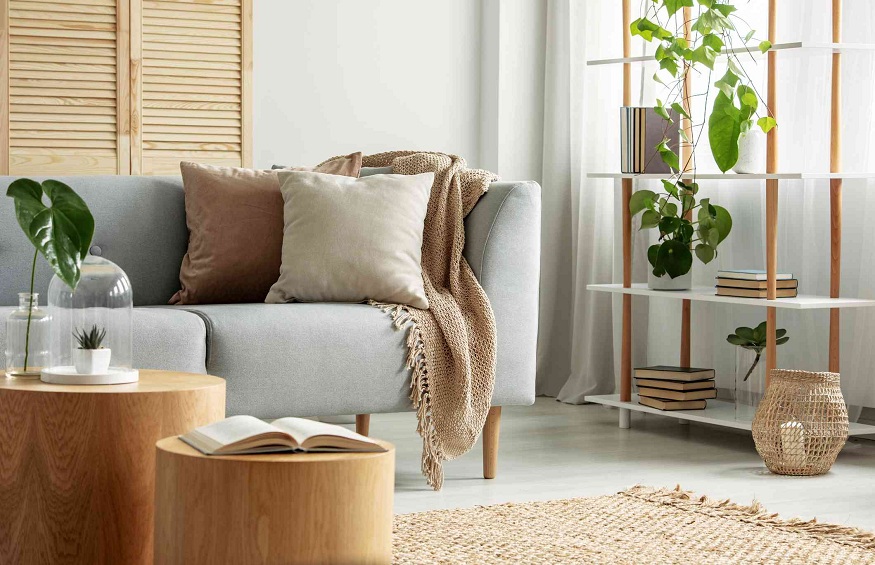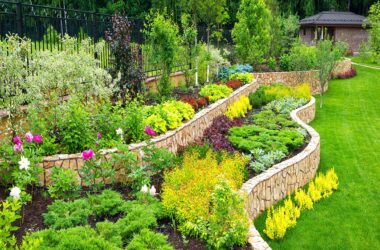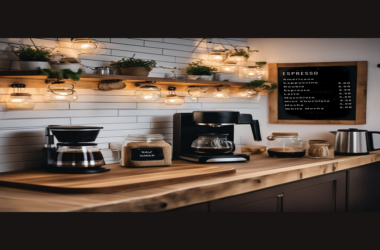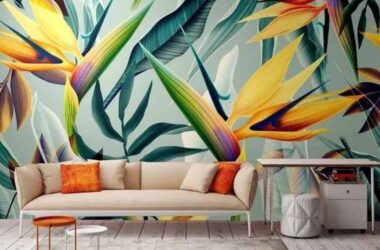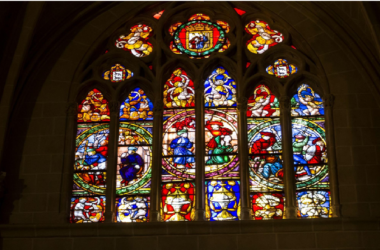When it comes to captivating home interior design, there exists a style that gracefully navigates the realms of tradition and modernity. This style, known as transitional interior design, has gained popularity for its ability to harmoniously blend classic and contemporary elements into a seamless and inviting living space. In this article, we’ll take you on a journey through the captivating world of transitional design, offering insightful home décor ideas that encapsulate its unique charm.
| IN THIS ARTICLE
Understanding the Transitional Interior Design |
Understanding the Transitional Interior Design
Transitional interior design stands as a testament to the idea that opposites can indeed attract, resulting in a captivating and balanced aesthetic. This style artfully combines the comfort and familiarity of traditional design with the sleek lines and simplicity of modern aesthetics.
Central to the essence of transitional design is the use of neutral color palettes that establish a serene backdrop for the space. With shades like soft beiges, understated grays, and creamy whites, the stage is set for the carefully curated elements that follow. So let’s delve into the key elements that will help you to give your home the perfect transitional interior design style –
Key Elements of Transitional Design
● Furniture that Transcends Time
In the realm of transitional design, furniture exudes comfort and invites relaxation. It often features classic silhouettes with a modern twist – a blend that exudes approachable sophistication.
● Understated Patterns and Textures
Subtle patterns, such as tone-on-tone motifs or gentle geometric designs, add a touch of elegance to transitional spaces. These patterns, combined with rich textures like velvet, silk, and chenille, infuse the room with a sense of depth and coziness.
● Harmonious Symmetry
Striking the perfect balance between traditional and modern elements is a hallmark of transitional design. Symmetry is often achieved through pairs of items like lamps or artwork, creating a visually pleasing arrangement.
● Neutral Color Symphony
The color palette of transitional design is grounded in neutrals, allowing other design elements to shine without overwhelming the senses. This subdued backdrop emphasizes the style’s elegant simplicity.
● Touches of Metallic Accents
A touch of modernity is introduced through metallic accents like brushed nickel or chrome. These accents, found in fixtures, hardware, and accessories, contribute to the overall balanced aesthetic.
● A Haven of Comfort
Above all, transitional interiors prioritize comfort. Sink-in sofas, plush cushions, and inviting seating arrangements embody this principle, making the space not just beautiful, but liveable too.
Infusing Your Home with Transitional Charm
Having grasped the essence of transitional design, let’s explore creative home décor ideas that capture its enchanting essence:
● Fusion of Old and New
Experiment with the juxtaposition of antique and contemporary pieces. Picture a classic wooden coffee table paired with modern, clean-lined chairs – a testament to the harmony of transitional style.
● Mesmerizing Lighting Fixtures
Select lighting fixtures that seamlessly blend traditional and modern design elements. A chandelier that marries classic elegance with sleek lines can serve as a captivating focal point.
● Luxurious Textured Pillows
Introduce a variety of textured throw pillows on your seating areas. Opt for materials like velvet, silk, and leather to add both comfort and visual depth.
● Subtle Patterned Area Rugs
Lay down area rugs with understated patterns that tie the room together. These rugs not only provide a cozy foundation but also enhance the visual intrigue of the space.
● Curated Displays on Open Shelves
Install open shelves and curate a collection of decorative items that effortlessly blend vintage charm with modern allure. This dynamic arrangement embodies the essence of transitional design.
● Mirrors for Amplified Space
Large mirrors with clean, contemporary frames can amplify the sense of space and reflect light, aligning with the bright and airy vibe of transitional interiors.
In conclusion, when it comes to interior design, transitional home interior design invites you to embrace the best of both design worlds. It’s a style that embraces comfort, sophistication, and equilibrium by seamlessly melding traditional and modern elements. By carefully selecting furniture, colors, textures, and accents, you can transform your home into a haven that resonates with the captivating charm of transitional design. Embark on this design venture and discover the art of creating timeless allure within your living spaces.

